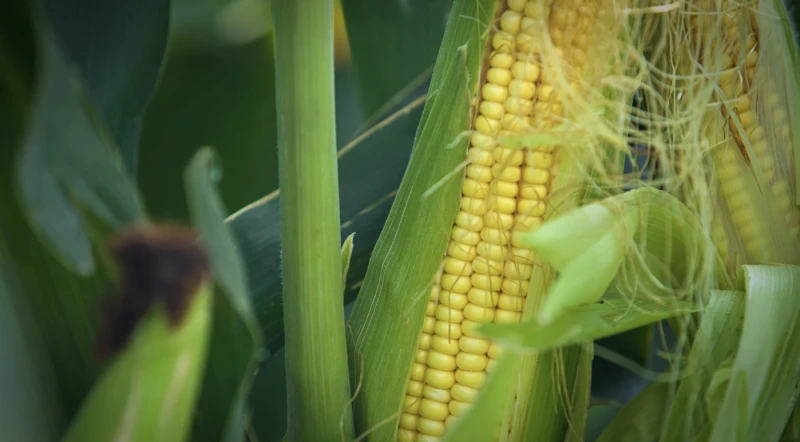Why gene editing of food crops remains controversial
Why gene editing of food crops remains controversial


Gene-editing techniques such as CRISPR-Cas9 have many uses in the area of food and agriculture.
They can combat persistent drought and disease, and improve the colour and nutritional content of food while making it tastier to boot.
Yet in Europe, gene editing has been controversial for a long time. It remains a regulatory minefield, due to persisting ethical and safety concerns.
There are many reasons for this. A literature review explored those that were the most common.
Much of the scepticism around gene editing comes from fears around safety, especially in the case of gene drives (where the inheritance of certain genes is enhanced). The reproducibility of this could be dangerous.
Others were concerned that a prevalence of gene edited crops could afford overwhelming control of agriculture to a small group of biotech companies. Specifically, corporate patenting may give control of agriculture to too few companies.
This is an excerpt. Read the original post here

 | Videos | More... |

Video: Nuclear energy will destroy us? Global warming is an existential threat? Chemicals are massacring bees? Donate to the Green Industrial Complex!
 | Bees & Pollinators | More... |

GLP podcast: Science journalism is a mess. Here’s how to fix it

Mosquito massacre: Can we safely tackle malaria with a CRISPR gene drive?

Are we facing an ‘Insect Apocalypse’ caused by ‘intensive, industrial’ farming and agricultural chemicals? The media say yes; Science says ‘no’
 | Infographics | More... |

Infographic: Global regulatory and health research agencies on whether glyphosate causes cancer
 | GMO FAQs | More... |

Why is there controversy over GMO foods but not GMO drugs?

How are GMOs labeled around the world?

How does genetic engineering differ from conventional breeding?
 | GLP Profiles | More... |

Alex Jones: Right-wing conspiracy theorist stokes fear of GMOs, pesticides to sell ‘health supplements’




 A single high dose of LSD can ease anxiety and depression for months
A single high dose of LSD can ease anxiety and depression for months CRISPR pork: U.S. approves first gene-edited pigs for consumption
CRISPR pork: U.S. approves first gene-edited pigs for consumption From plastic coasters to human hearts: Inside the race to print the human body
From plastic coasters to human hearts: Inside the race to print the human body Baby food panic, brought to you by trial lawyers hoping to prosecute by press release
Baby food panic, brought to you by trial lawyers hoping to prosecute by press release ‘SuperAgers’: Why some people have the brains and memory capacity of people decades younger
‘SuperAgers’: Why some people have the brains and memory capacity of people decades younger  Viewpoint: Life and death decisions: RFK, Jr.’s shady FDA “expert panels” operate in secret with no transcripts or conflict of interest reviews
Viewpoint: Life and death decisions: RFK, Jr.’s shady FDA “expert panels” operate in secret with no transcripts or conflict of interest reviews From ‘Frankenfood’ to superfood: Can the purple tomato overcome GMO myths to win over consumers?
From ‘Frankenfood’ to superfood: Can the purple tomato overcome GMO myths to win over consumers? When farmers deny science: The hypocrisy hurting agriculture’s credibility
When farmers deny science: The hypocrisy hurting agriculture’s credibility GLP podcast: ‘Fight fire with fire.’ How one science advocate converts vaccines skeptics
GLP podcast: ‘Fight fire with fire.’ How one science advocate converts vaccines skeptics
